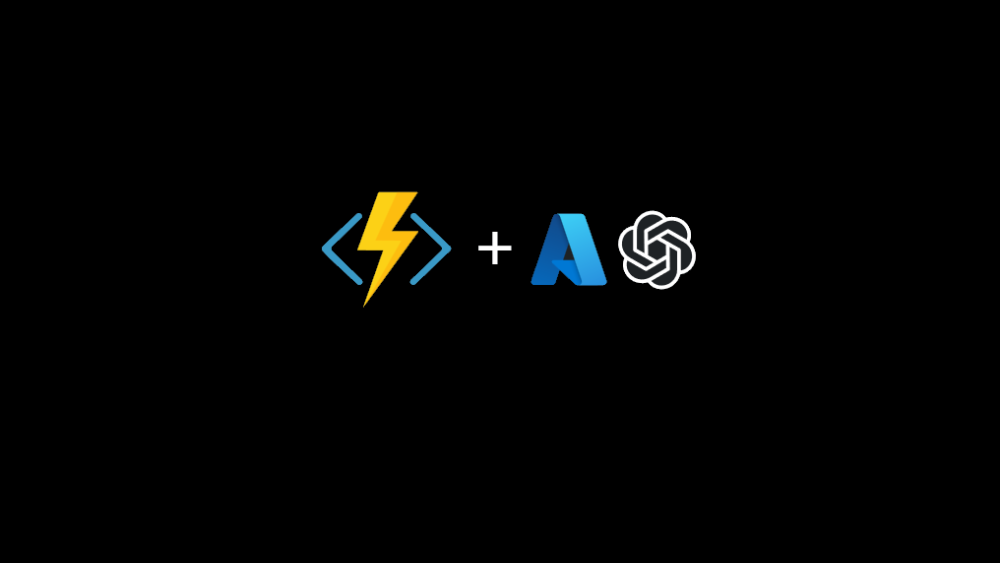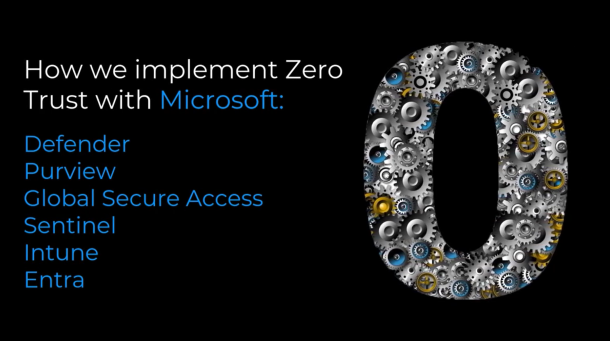Why Azure Functions + Azure OpenAI Is My Go-To Stack for Scalable AI Projects

🚫 Serverless doesn’t mean no servers – it means I don’t have to manage them.
And honestly, that shift has been a game-changer in how I approach AI development.
Over the last few months, I’ve been building and experimenting with AI systems using Azure Functions and Azure OpenAI Service. What I found is simple: this combo allows me to deploy smart, scalable, and event-driven AI workflows – without dealing with traditional infrastructure headaches.
Azure Functions: Event-Driven Simplicity
Azure Functions lets you write small, focused blocks of code that run in response to events – HTTP requests, file uploads, messages in a queue, etc. You don’t manage the runtime, you don’t manage the scaling – you just define the trigger and the logic.
Key benefits I’ve seen:
- Instant scale – Your code responds whether there’s one event or a thousand
- Pay-per-execution – You’re charged only for the time your function actually runs
- No warm-up delay (for premium plans) – Ideal for real-time interactions
Azure OpenAI: Powerful LLMs via Simple API
Azure OpenAI Service gives you access to GPT-4 or GPT-3.5 Turbo (and other models) through a secure, enterprise-ready API. You can call it from almost anywhere – including inside an Azure Function — to generate text, summarize input, classify sentiment, and more.
There’s no need to host, fine-tune, or scale the model yourself – Microsoft takes care of the infrastructure. You just send a request and get back a response.
A Simple Use Case: Feedback Summarization
Let’s take a practical example that anyone can relate to:
A user submits a feedback form on your site.
With Azure Functions + OpenAI, here’s how you can automate the entire workflow:
- Azure Function is triggered when the form is submitted
- OpenAI reads the feedback, performs sentiment analysis, and generates a short summary
- The result is posted to a Microsoft Teams channel or saved to your CRM/database
Why This Setup Works So Well
⚡ It’s fast
⚡ It scales automatically
⚡ You don’t pay for idle time
⚡ You don’t manage VMs, containers, or GPU clusters
⚡ You can update your logic or prompt in minutes
What I’ve Learned
This approach has allowed me to:
✅ Focus on building smart, useful AI instead of infrastructure
✅ Iterate quickly – from idea to prototype in hours, not days
✅ Build workflows that scale from 1 to 1,000+ requests per second with no manual tuning
In short:
I spend more time on models, and less on ops.




